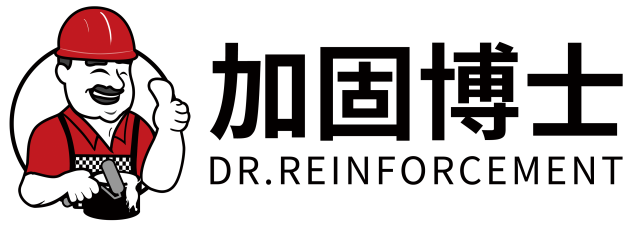Understanding the Revolution of Advanced Composite Materials
The materials engineering world has witnessed a remarkable transformation with the emergence of reinforced carbon fiber cloth. This innovative material represents the perfect fusion of strength, lightweight properties, and versatility that industries have long sought after. As we delve into its remarkable characteristics, we'll discover how this advanced composite material is reshaping manufacturing, construction, and countless other sectors.
Core Properties and Material Composition
Molecular Structure and Manufacturing Process
Reinforced carbon fiber cloth begins its journey as individual carbon filaments, each thinner than a human hair, woven together to create an incredibly strong fabric matrix. The manufacturing process involves carefully aligning these carbon strands and binding them with high-performance resins. This intricate process results in a material that boasts an exceptional strength-to-weight ratio, surpassing traditional materials like steel and aluminum.
Enhanced Durability and Strength Characteristics
The remarkable durability of reinforced carbon fiber cloth stems from its unique structural composition. When properly engineered, this material can withstand extreme tension, compression, and impact forces while maintaining its structural integrity. The reinforcement process creates a material that resists fatigue, corrosion, and environmental degradation, making it ideal for demanding applications across various industries.

Industrial Applications and Versatility
Aerospace and Automotive Innovation
In the aerospace industry, reinforced carbon fiber cloth has become an indispensable material for aircraft components, spacecraft structures, and satellite systems. Its high strength-to-weight ratio allows for significant fuel efficiency improvements while maintaining robust structural integrity. The automotive sector has embraced this material for creating lighter, more fuel-efficient vehicles without compromising safety standards.
Construction and Infrastructure Enhancement
The construction industry has found numerous applications for reinforced carbon fiber cloth in structural reinforcement and rehabilitation projects. Bridge repairs, building retrofits, and seismic upgrades benefit from this material's ability to provide substantial structural support while being minimally invasive. Its corrosion resistance makes it particularly valuable in harsh environmental conditions where traditional materials might fail.
Environmental and Economic Advantages
Sustainability Impact
Despite its advanced manufacturing process, reinforced carbon fiber cloth contributes to environmental sustainability through various means. Its lightweight nature reduces transportation costs and associated emissions, while its durability means fewer replacements and less waste over time. The material's ability to enhance energy efficiency in various applications further supports sustainable development goals.
Long-term Cost Benefits
While the initial investment in reinforced carbon fiber cloth may be higher than traditional materials, the long-term economic benefits are substantial. Reduced maintenance requirements, extended service life, and improved performance characteristics often result in significant cost savings over the material's lifetime. Additionally, its versatility allows for innovative design solutions that can reduce overall project costs.
Installation and Maintenance Considerations
Professional Installation Requirements
Successful application of reinforced carbon fiber cloth requires careful attention to installation procedures. Professional installers must ensure proper surface preparation, precise resin application, and appropriate curing conditions. While the installation process demands expertise, the resulting structure requires minimal maintenance compared to traditional materials.
Maintenance Protocol and Best Practices
Maintaining structures reinforced with carbon fiber cloth typically involves routine inspections rather than intensive upkeep. The material's resistance to environmental factors means it maintains its structural properties with minimal intervention. However, periodic assessments help ensure optimal performance and early detection of any potential issues.
Future Developments and Innovations
Emerging Technologies and Applications
Research continues to unlock new possibilities for reinforced carbon fiber cloth, with developments in nano-engineering and smart materials leading the way. Future applications may include self-healing capabilities, integrated sensing systems, and even more efficient manufacturing processes. These innovations promise to further expand the material's utility across industries.
Market Growth and Industry Trends
The market for reinforced carbon fiber cloth continues to expand as industries recognize its benefits and new applications emerge. Growing demand for sustainable, high-performance materials drives ongoing research and development, leading to improved manufacturing processes and more accessible pricing structures.
Frequently Asked Questions
How long does reinforced carbon fiber cloth typically last?
Reinforced carbon fiber cloth, when properly installed and maintained, can last several decades. Its durability and resistance to environmental factors contribute to an exceptional service life, often exceeding that of traditional construction materials.
What makes reinforced carbon fiber cloth superior to traditional materials?
The material's exceptional strength-to-weight ratio, corrosion resistance, and versatility make it superior for many applications. It offers improved performance while requiring less maintenance and providing longer service life compared to conventional materials.
Is reinforced carbon fiber cloth environmentally friendly?
While the manufacturing process requires energy, the material's long lifespan, reduced transportation costs, and contribution to energy efficiency make it an environmentally responsible choice in many applications. Its durability also means less frequent replacement and reduced waste over time.


